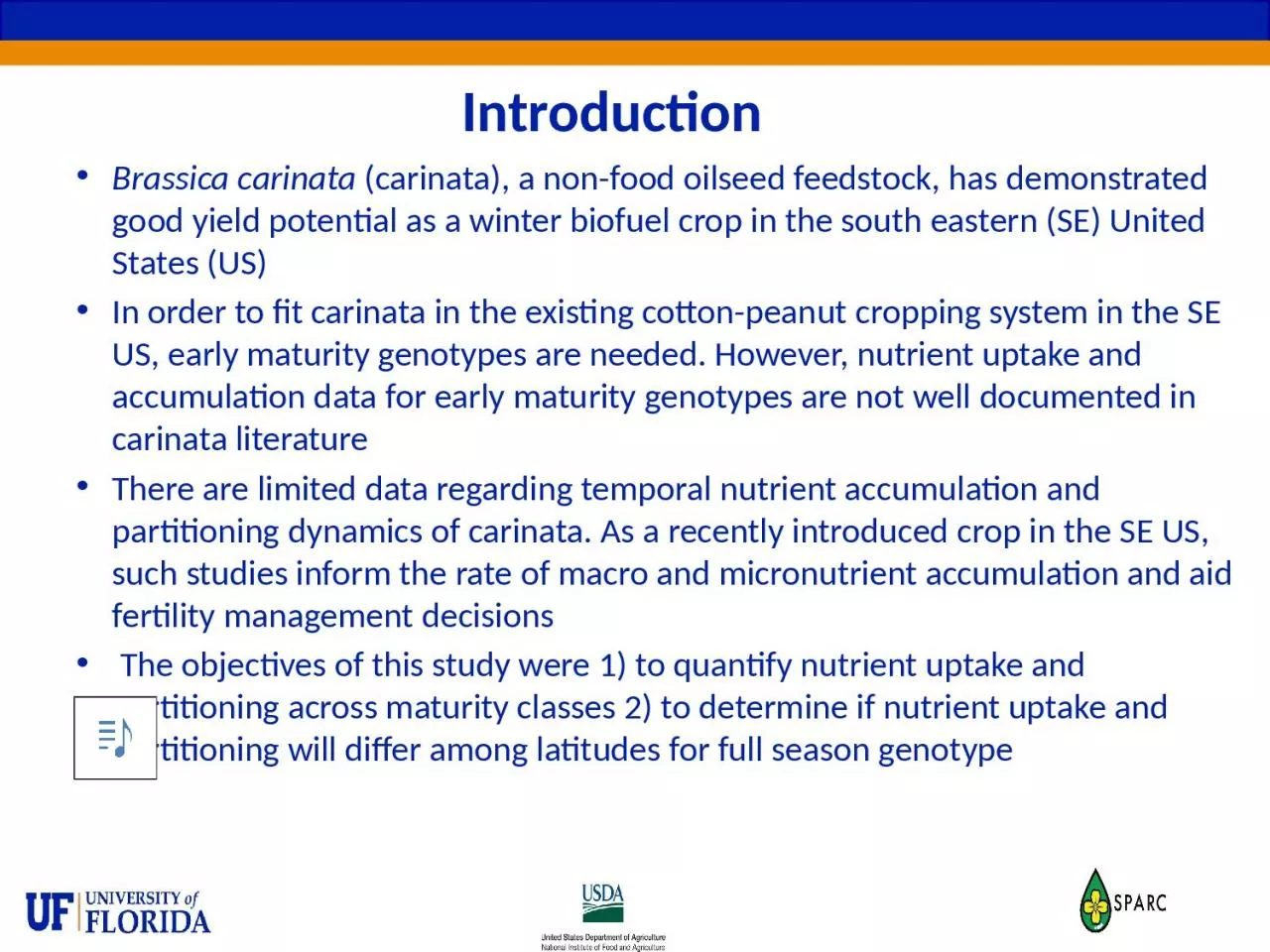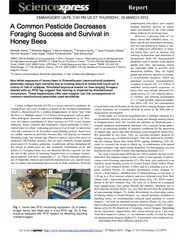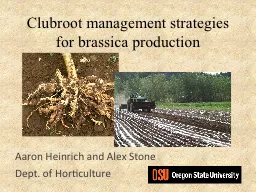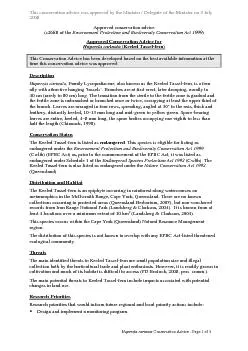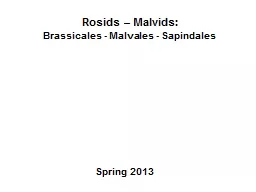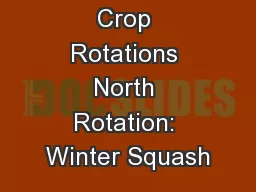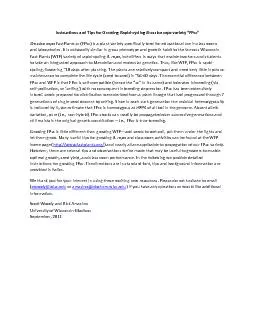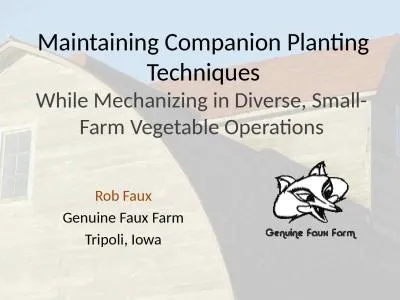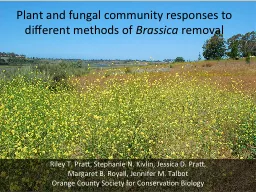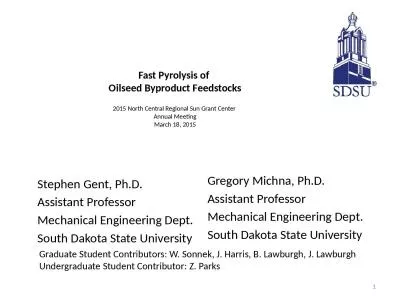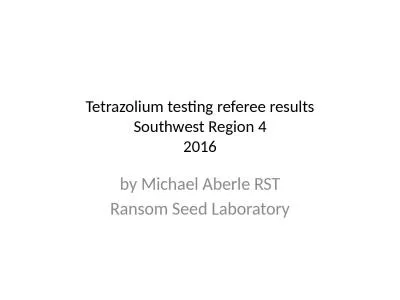PPT-Introduction Brassica carinata
Author : Powerpixel | Published Date : 2022-07-28
carinata a nonfood oilseed feedstock has demonstrated good yield potential as a winter biofuel crop in the south eastern SE United States US In order to fit carinata
Presentation Embed Code
Download Presentation
Download Presentation The PPT/PDF document "Introduction Brassica carinata" is the property of its rightful owner. Permission is granted to download and print the materials on this website for personal, non-commercial use only, and to display it on your personal computer provided you do not modify the materials and that you retain all copyright notices contained in the materials. By downloading content from our website, you accept the terms of this agreement.
Introduction Brassica carinata: Transcript
Download Rules Of Document
"Introduction Brassica carinata"The content belongs to its owner. You may download and print it for personal use, without modification, and keep all copyright notices. By downloading, you agree to these terms.
Related Documents

